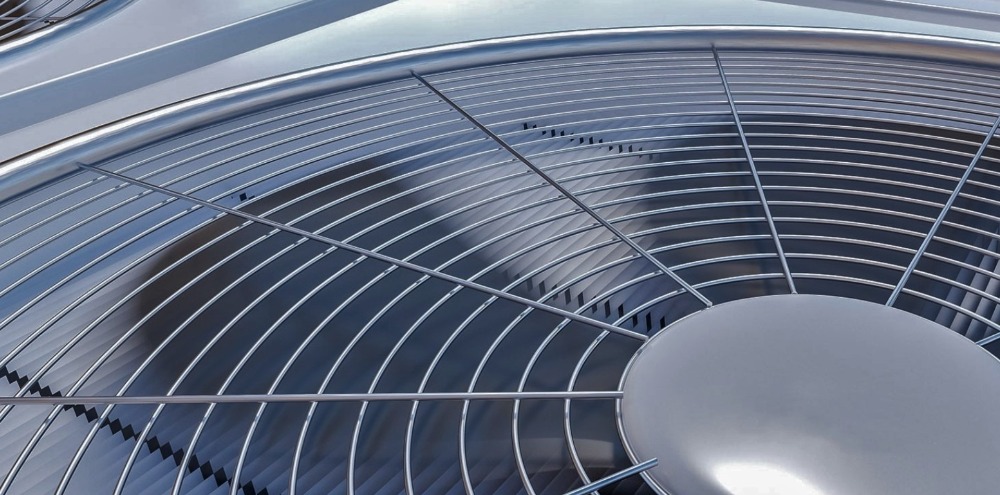
Data Center Cooling: Essential Maintenance Practises for Peak Efficiency
The Importance Of Data Centre Cooling
Effective cooling is the backbone of any well-functioning data centre, ensuring that servers and hardware operate at peak performance without overheating or succumbing to thermal stress. In today's digital landscape, where data centres are the powerhouses driving our interconnected world, proper air conditioning maintenance is not just a luxury – it's a necessity.
This comprehensive guide will equip you with the knowledge and strategies to optimise your data centre cooling systems, maximising efficiency, reducing energy consumption, and prolonging the lifespan of your invaluable mission critical equipment.
If you would like to learn more about our data centre maintenance services please click below.
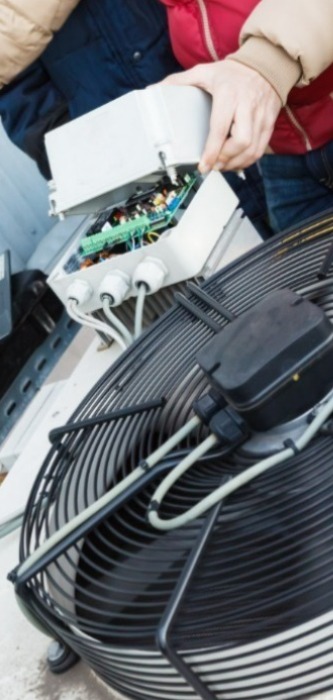
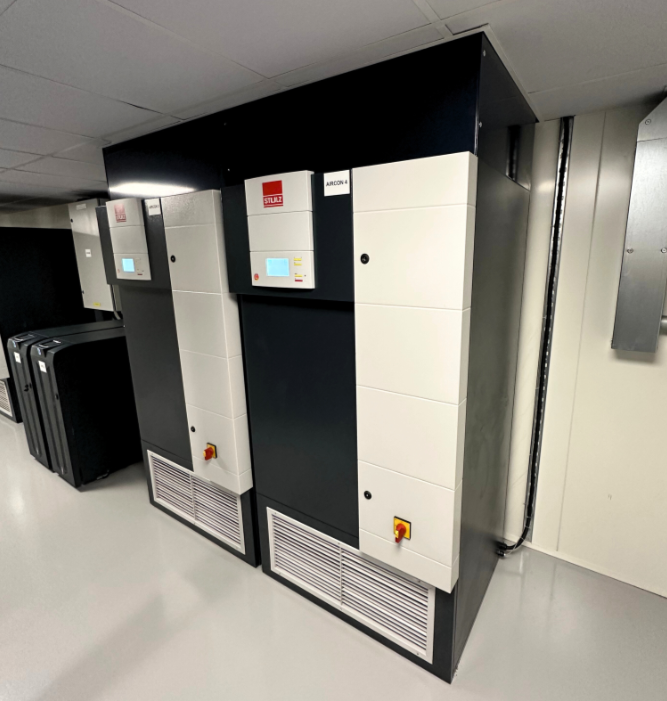
Understanding the Criticality of Data Centre Cooling
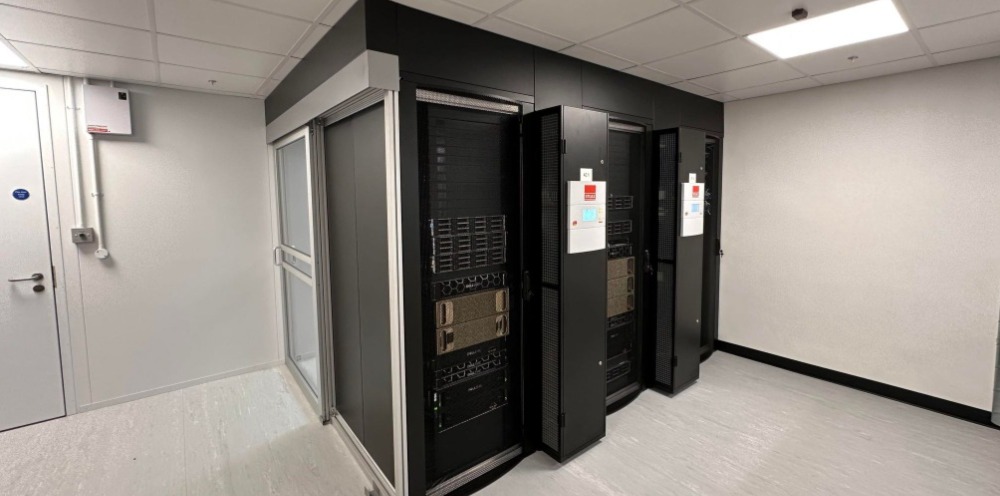
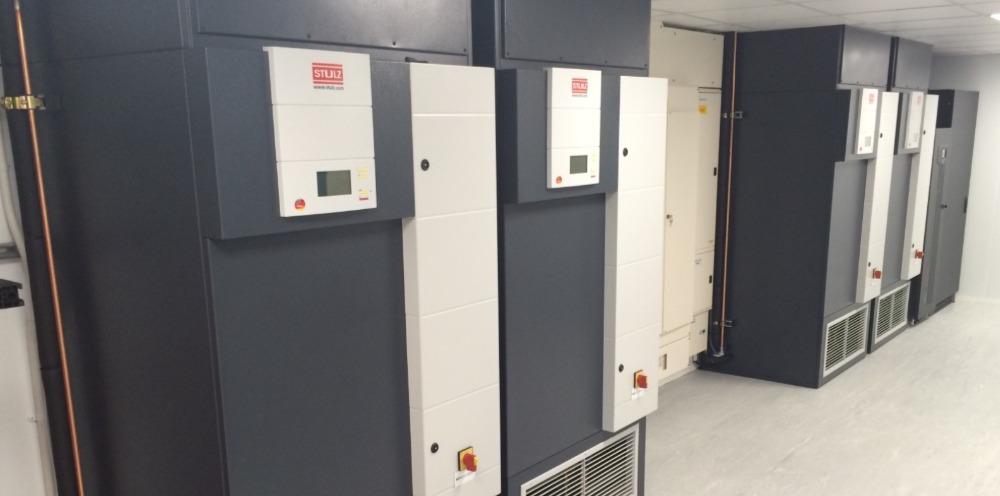
The Intricate Balance of Airflow and Cooling
At the heart of effective data centre cooling lies the intricate dance of airflow management. Servers are designed to draw in cool air from the front, circulate it through their components to dissipate heat, and expel the warmed air through the rear exhausts. This perpetual cycle of air intake and exhaust forms the backbone of data centre cooling, making airflow management a critical aspect of maintaining optimal thermal conditions.
By installing data centre aisle containment, this enables consistent, stable supply temperature to the intake of IT equipment and a warmer, drier return air to cooling systems. There are two forms of aisle containment configurations available; hot and cold. In some cases, an installation may use one or both types of containment to prevent hot and cold air paths mixing. You can learn more about our data centre containment systems here.
Understanding Equipment Cooling Requirements
Correct Server Orientation
A seemingly simple yet crucial responsibility is ensuring that your servers are oriented correctly within the racks. Each server has a cold aisle on one side and a hot aisle on the other, with built-in fans designed to pull cool air from the cold aisle, circulate it through the components, and expel the heated air into the hot aisle. If servers are installed backward, the fans will inadvertently draw in hot air, compromising heat exchange and potentially leading to costly equipment damage or even impacting the temperature of adjacent devices.
Maintain Clear Aisles and Cabinets
Clutter and obstructions in data centre aisles can severely impede airflow, undermining the effectiveness of your cooling systems. Boxes, tools, or other debris left on the floor can block the cool air leaving from perforated tiles, while tangled cables can restrict the exhaust of hot air from the servers. Implementing a robust cable management system and keeping aisles clear is crucial for ensuring unimpeded airflow and optimal cooling efficiency.
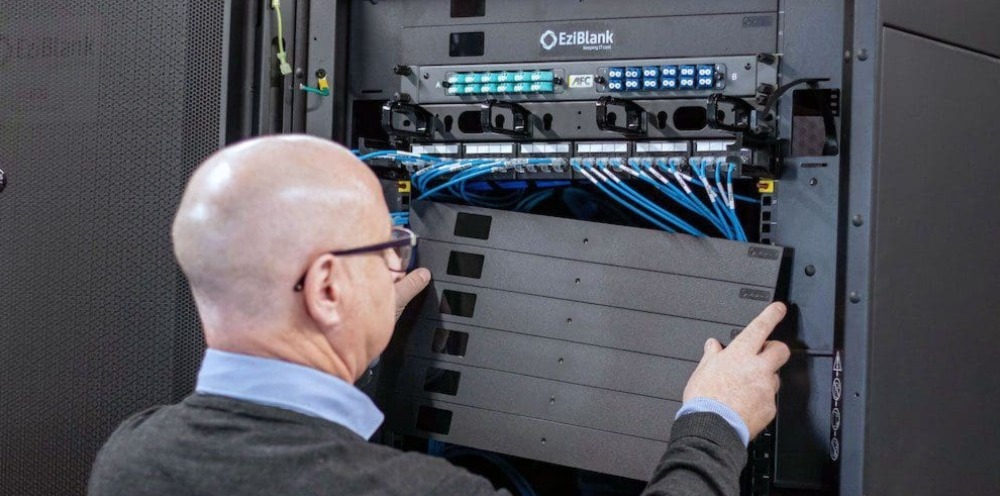
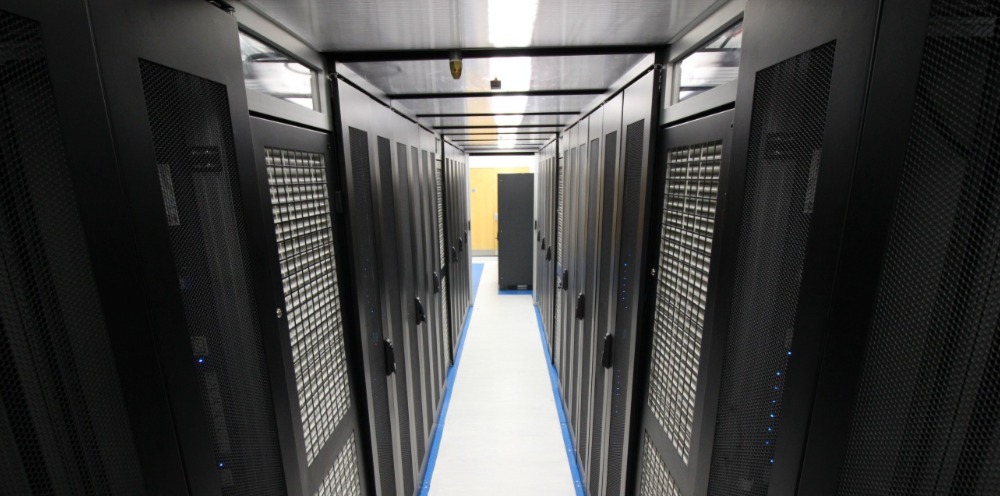
Install Blanking Panels and Side Panels
Set Temperature Alarms Accurately
Conclusion
Effective cable management, often overlooked, is a crucial factor in optimising airflow and preventing obstructions that could compromise cooling efforts. By bundling cables, avoiding cold aisle clutter, and implementing raised flooring solutions, data centres can ensure unimpeded airflow and efficient heat dissipation. In the ever-evolving digital landscape, where data centres play an increasingly vital role, mastering the art of cooling maintenance is not just a best practice – it's a necessity. By embracing the strategies and insights presented in this guide, data centre operators can future-proof their infrastructure, ensuring reliable, efficient, and sustainable operations for years to come.








